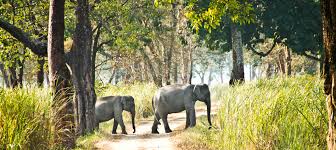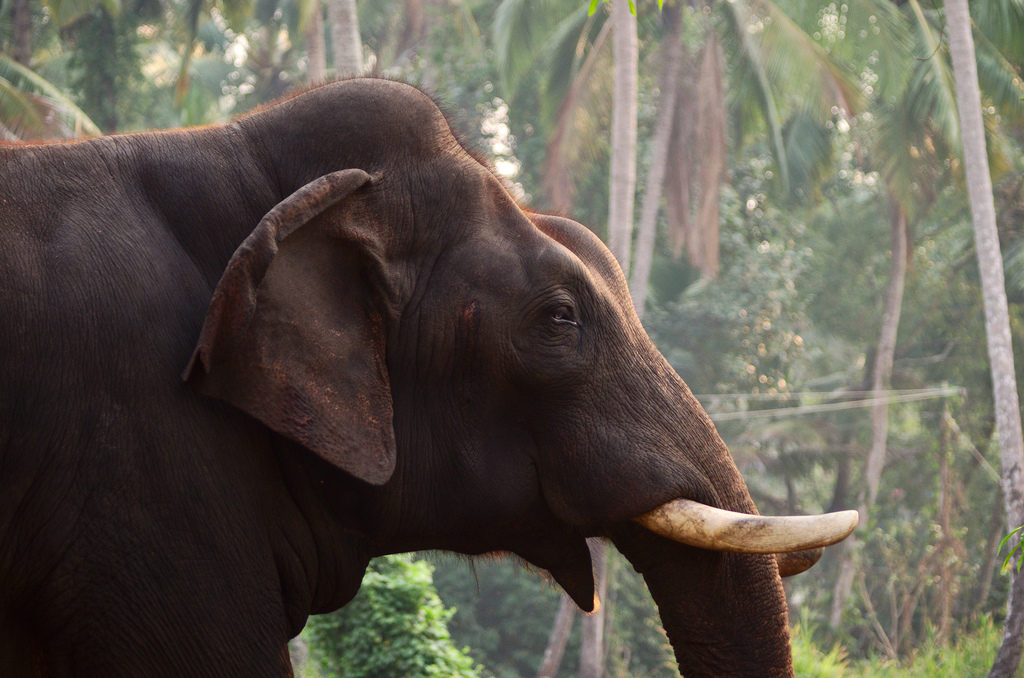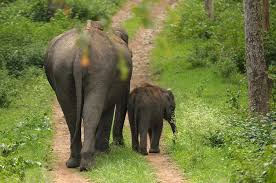The State Forest Department of West Bengal undertook a direct count survey of the pachyderm population in the state. The tally stands at 682.
The census covers both north and south Bengal. In the previous survey, 590 elephants were spotted in North Bengal only. The new survey by direct counting method showed that there were 488 elephants in North Bengal and 194 in South Bengal.
A slight decrease in the numbers should not be cause for alarm as elephants are always on the move, says the chief wildlife warden, Ravi Kant Sinha. He said that at least 100 elephants were always moving from one place to another. They travel far and wide. From north Bengal they could move to Assam, and even cross the border and inhabit the jungles of Bhutan and Nepal for some time and from south Bengal, they could move to Odisha and Jharkhand.
Read More: Elephant Rescued from Marsh by Villagers of Tamil Nadu
While Direct Count Method might not be the best way to understand the population of an animal like the elephant that is always on the move, these numbers are based on the local community observations and done on a daily basis, providing a stable statistic.
The locals of the region help the Forest Department track the movement of elephants on a daily basis and keep the forest officials informed about elephant sightings through messaging services. This constant tracking helps the officials get an idea of range-wise presence of elephants and the locals can be warned of possible elephant attacks on villages.
The Dung Decay Method
According to the chief wildlife warden of the state, a more accurate way of counting the number of elephants is by dung decay method which takes into account dung density, decay rate and defecation rate to calculate the number of elephants inhabiting an area. Fresh piles of elephant dung is marked in a particular area following which photographs are taken and the GPS location is recorded. The marked dung area is revisited after a certain periodto understand the decay rate of dung. The dung decay method was created by Raman Sukumar, Professor, Centre for Ecological Sciences, Indian Institute of Science, Bangalore. This method was first used in Buxa forests in Bengal.Currently the state is also using this method and it may change the final elephant numbers observed.
Read More: Eco Friendly Paper Made of Elephant Poop is Here











